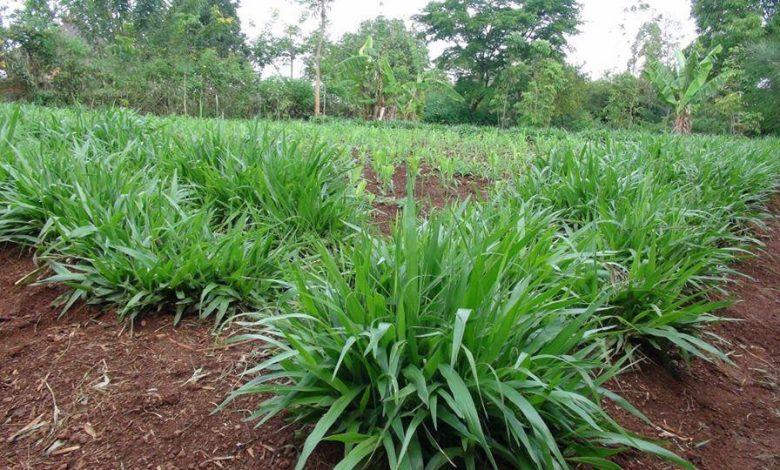Drought Pushes Kenyan Farmers to Abandon Maize Farming for Brachiaria Grass

Fodder crop farmers across Kenya are now abandoning the farming of maize and beans for alternative crops such as Rhodes and Brachiaria grass.
In Machakos county, for example, farmers earn over 85,000 shillings per season from sales of Rhodes and Brachiaria grass compared to maize and beans, which gave 10,000 shillings per season about five years ago.
The irregular and uneven rainfall distribution have affected the yields of most farmers not only in Machakos but across all the counties in Kenya.
The continuous drought has pushed farmers to look for alternative sources to keep up with the ever-rising cost of living.
The farmers say that the business is lucrative because you buy the seeds of Boma Rhodes hay and Brachiaria grass at 800 and 1,000 shillings per kilo, respectively, and later sell the produce at better prices.
Both crops are harvested in three phases a season. The total yield is approximately 150 bales and about 20,000Kg of Boma Rhodes and Brachiaria grass, respectively.
The farmers then sell the Boma Rhodes at 300 shillings per bale and 20 shillings per kilo of Brachiaria grass. This gives a sum of about 85,000 shillings in a given season.
A growing number of Kenyans living in arid areas are swapping staple crops for livestock fodder like Rhodes or Brachiaria grass, which require less water to grow, according to the Kenya Agricultural and Livestock Research Organization.
Since rain-fed staple farming is becoming increasingly difficult in Kenya due to poor rainfall, growing fodder can help farmers withstand the prolonged drought.
Brachiaria grass was introduced in April 2021 to lower the cost of feeding livestock and increase milk production. It is an excellent alternative grass in the dairy enterprise as it leads to instant milk increase; it is less hairy and stemmy.
It can be grazed directly by livestock or baled into hay compared to Napier grass, whose disease challenges are also currently experienced according to the farmers.
Apart from the fact that the farmers can provide for their families, forage crops also assist in achieving production targets for attributes such as growth or weight gain and making up seasonal shortfalls between feed demand and supply.
They can also play an essential role in maintaining ground cover, preventing erosion, accumulating nitrogen in the soil, and improving land conditions.







